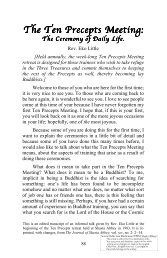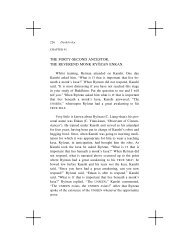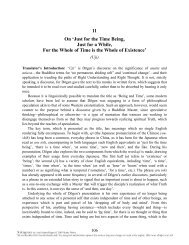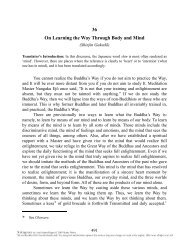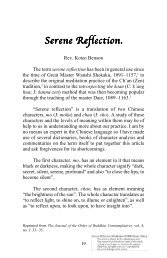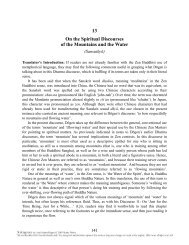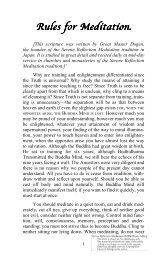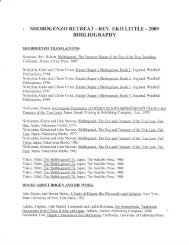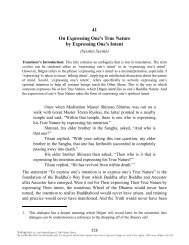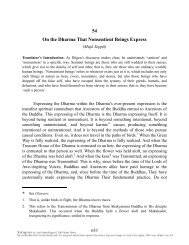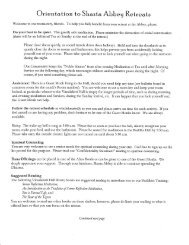SO TO ZEN - Shasta Abbey
SO TO ZEN - Shasta Abbey
SO TO ZEN - Shasta Abbey
You also want an ePaper? Increase the reach of your titles
YUMPU automatically turns print PDFs into web optimized ePapers that Google loves.
Zen and Oriental Culture 41My‡getsu Temple of Kamakura and the Daitoku, Saih‡,Tenry‰ and Ry‡an Temples of Ky‡to are famous still today asoutstanding examples of landscape gardening. Many of thesewere laid out under the immediate direction of Zen priests.The texts for the Noh drama are called in Japan y‡kyokuand were collected and arranged by KanÕami, Zeami, KomparuZenchiku, Komparu Zemp‡ and others. The present world ofdreams and phantasms is the subject of the Noh drama. Thetexts are concise and abound in references to Buddhist teachingswhich have their real significance outside the meaning ofthe word itself.Renga poetry was developed in the Ashikaga Period byNij‡ Yoshimoto, Imagawa Ry‡shun, Bont‡, Chion, Shinkeiand others. The Zen spirit completely dominated their lives.The ultimate ideal of poetry and the spirit of Zen are at one:self-enlightenment without a teacher * (J. mushi dokugo), experiencingthe real feeling of things (literally, knowing hot andcold by oneself, J. reidan-jichi) and sudden, direct enlightenment(J. tongo jikish‡). Renga poetry is a kind of Japanesepoetry composed by two or more people. Because agreement* The Buddha made it clear that he was not a savior, that each personmust find the Truth for himself or herself. However, in the SereneReflection Meditation tradition emphasis is put on the master-disciplerelationship as the most effective means of giving up the self and as thevehicle of spiritual transmission.




